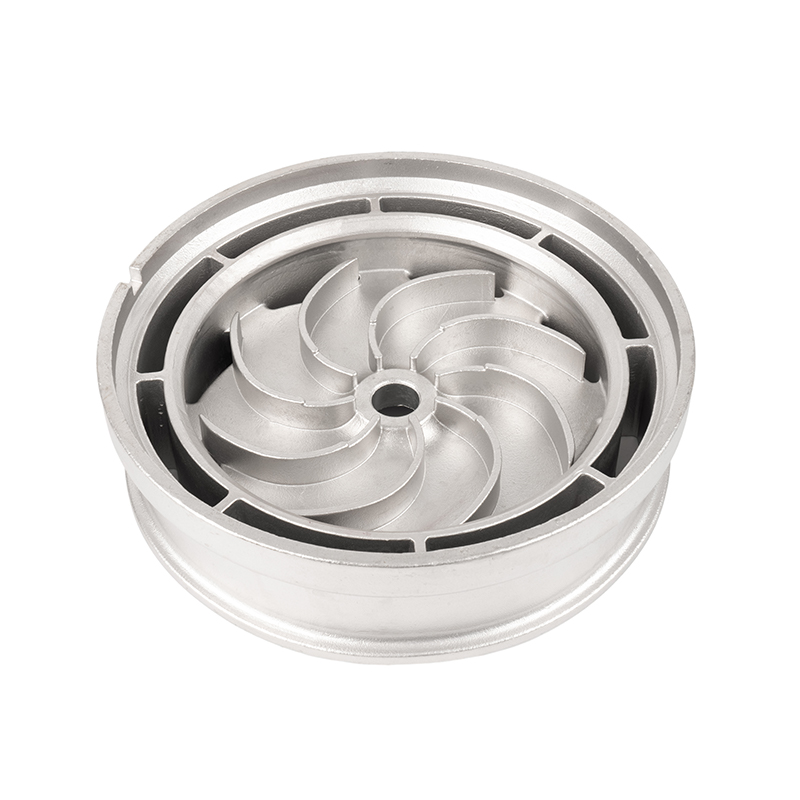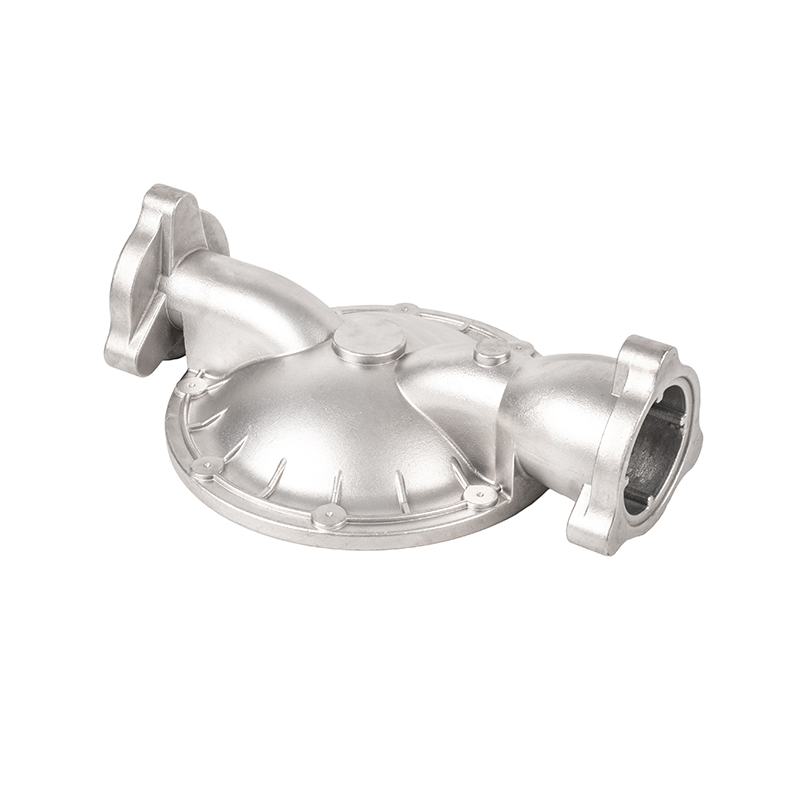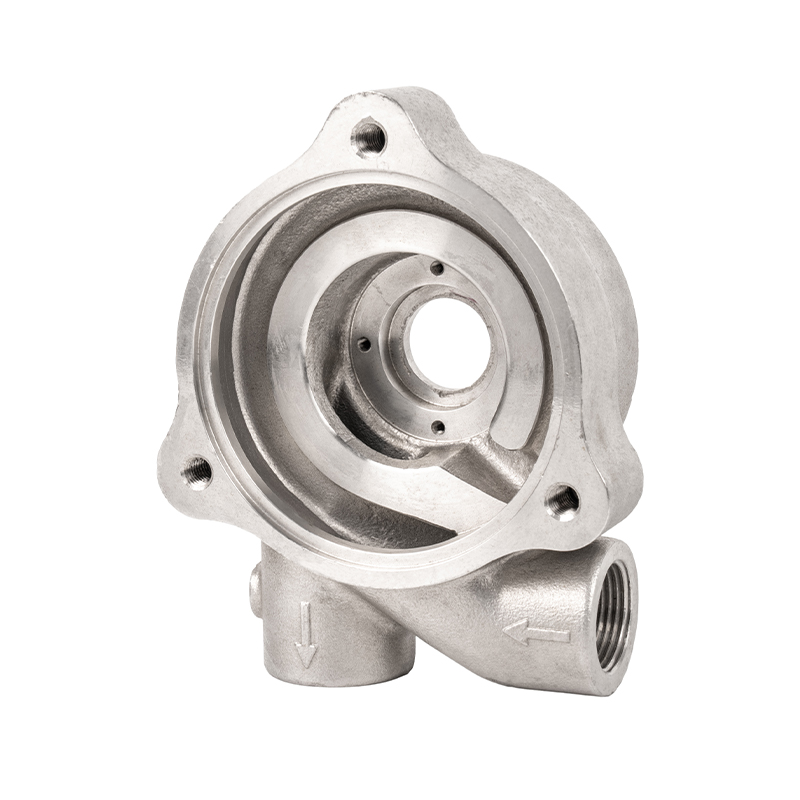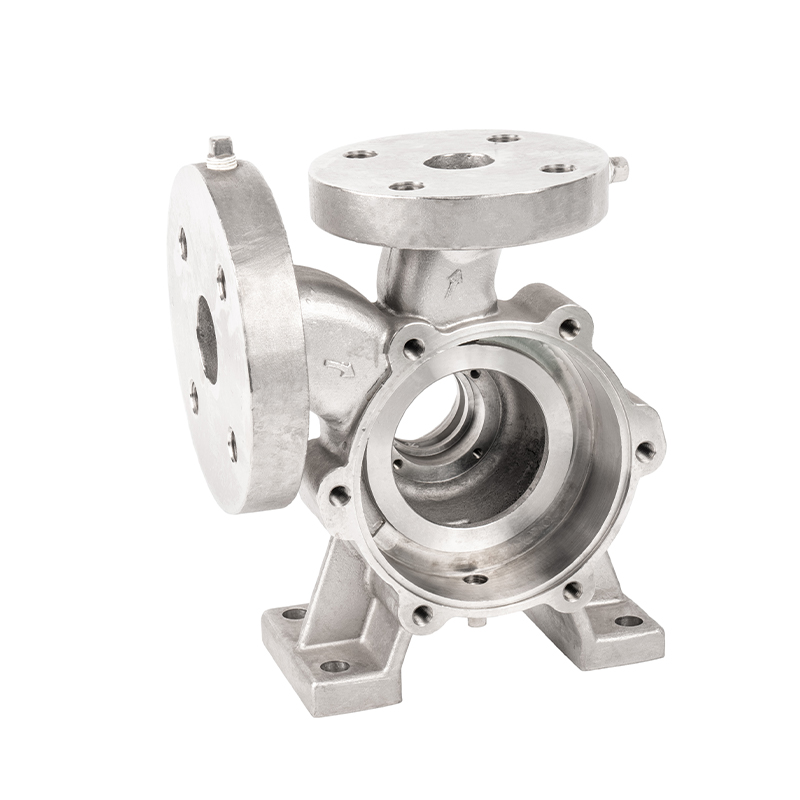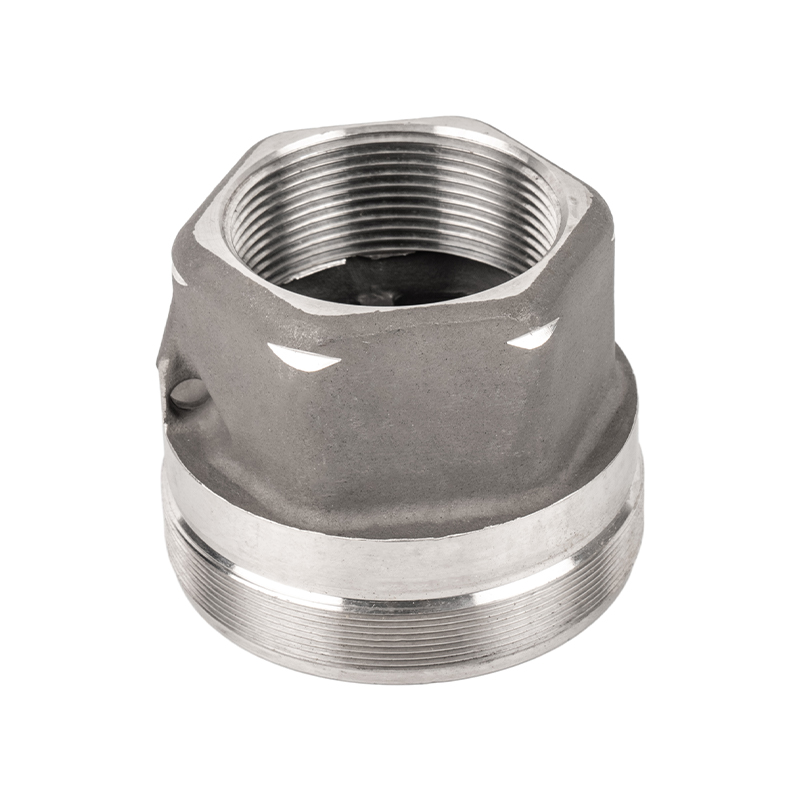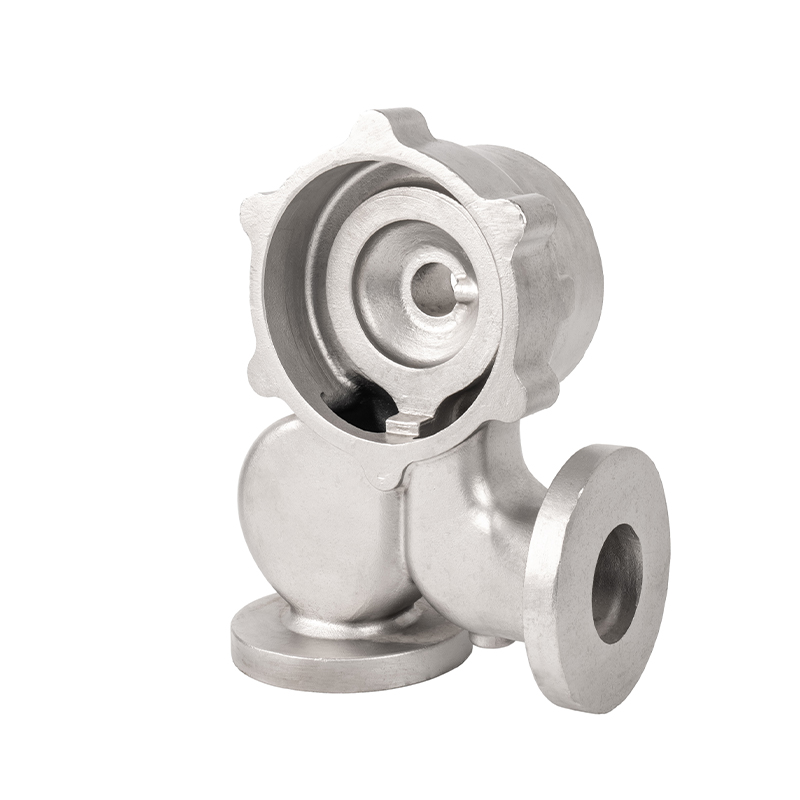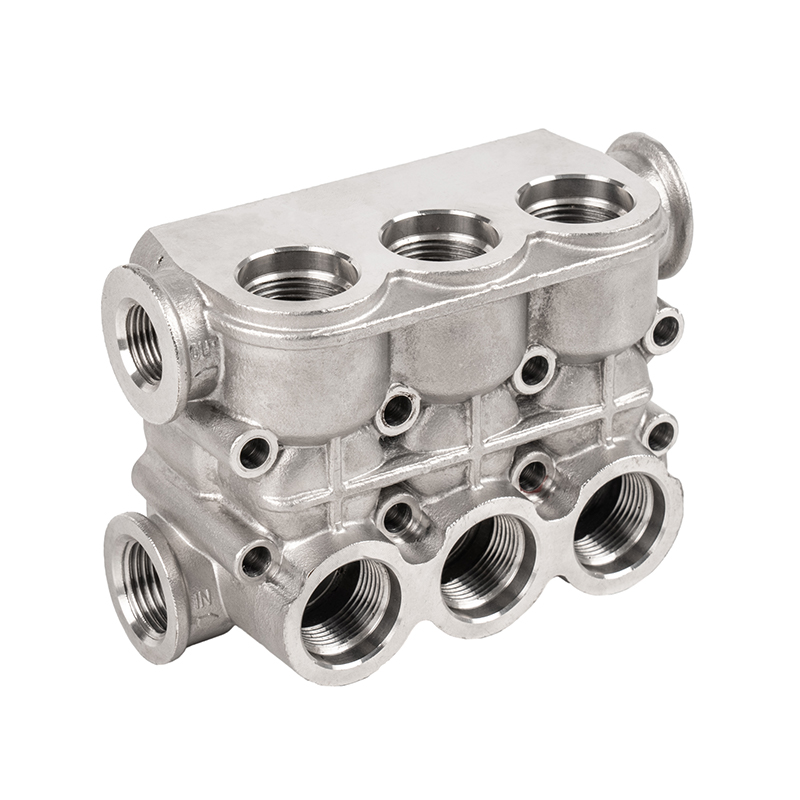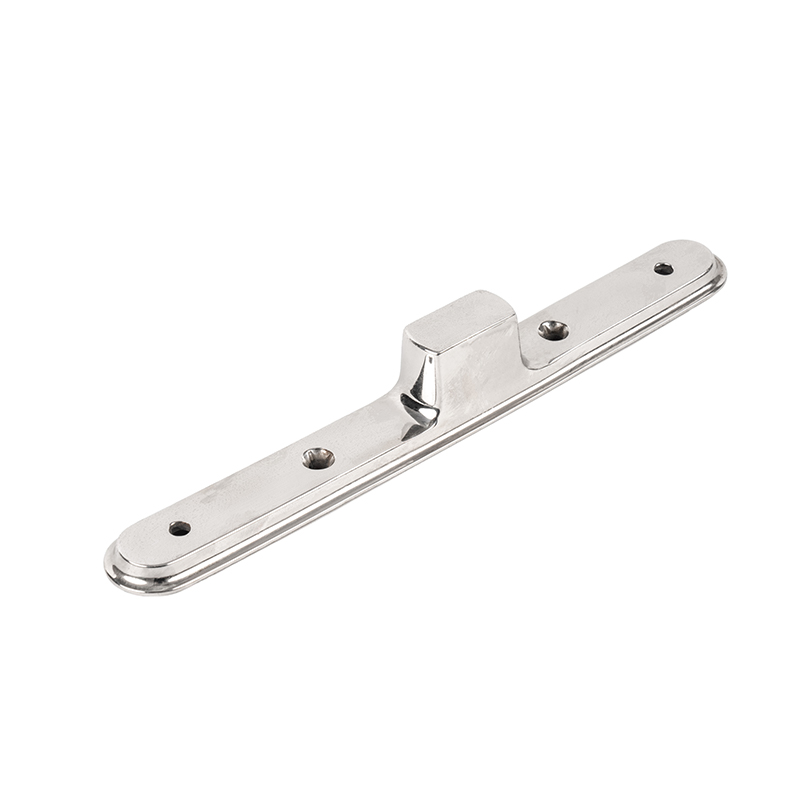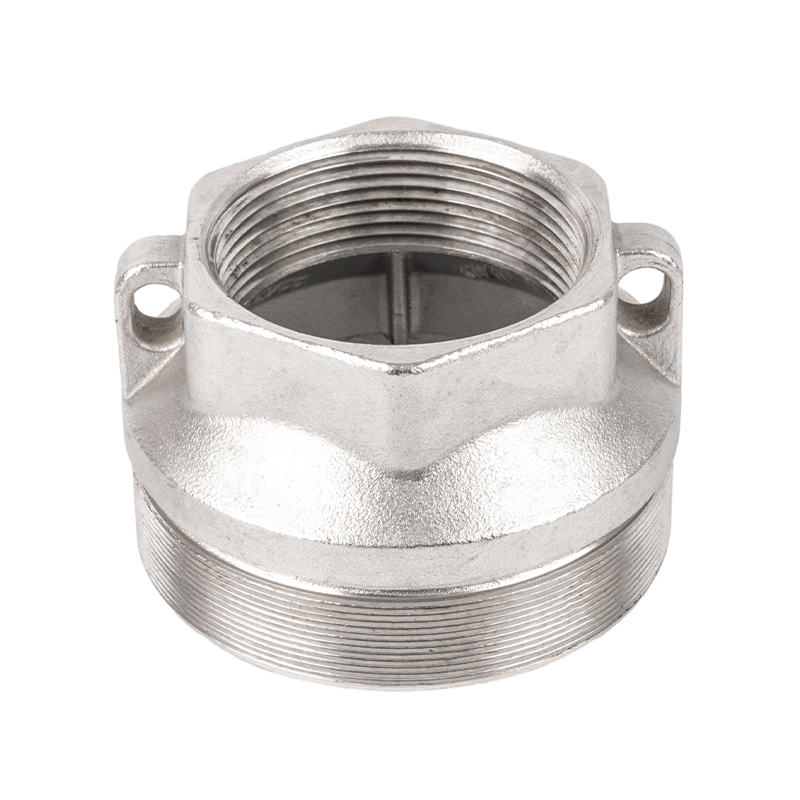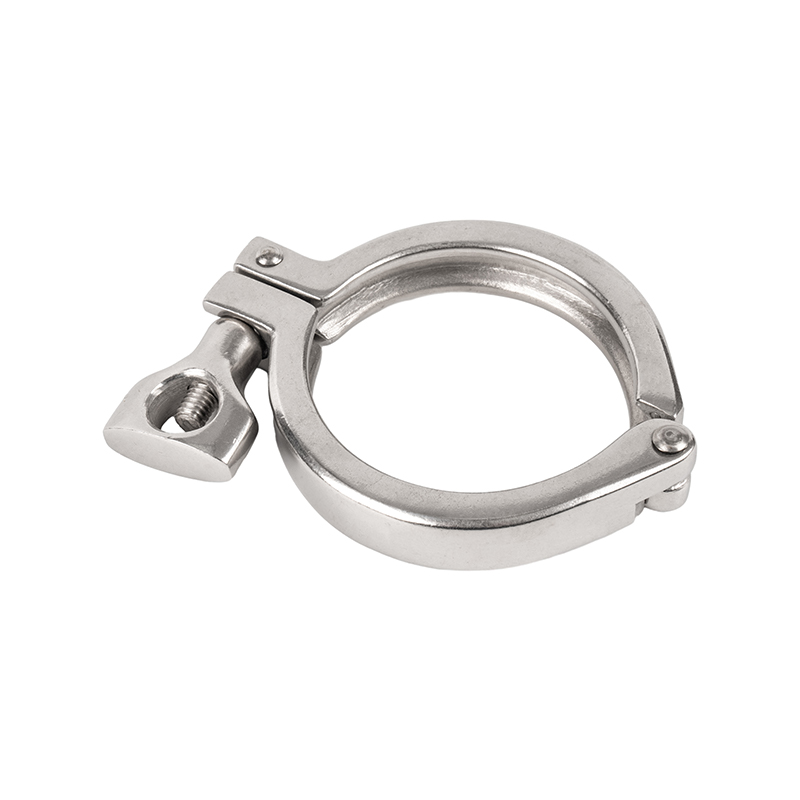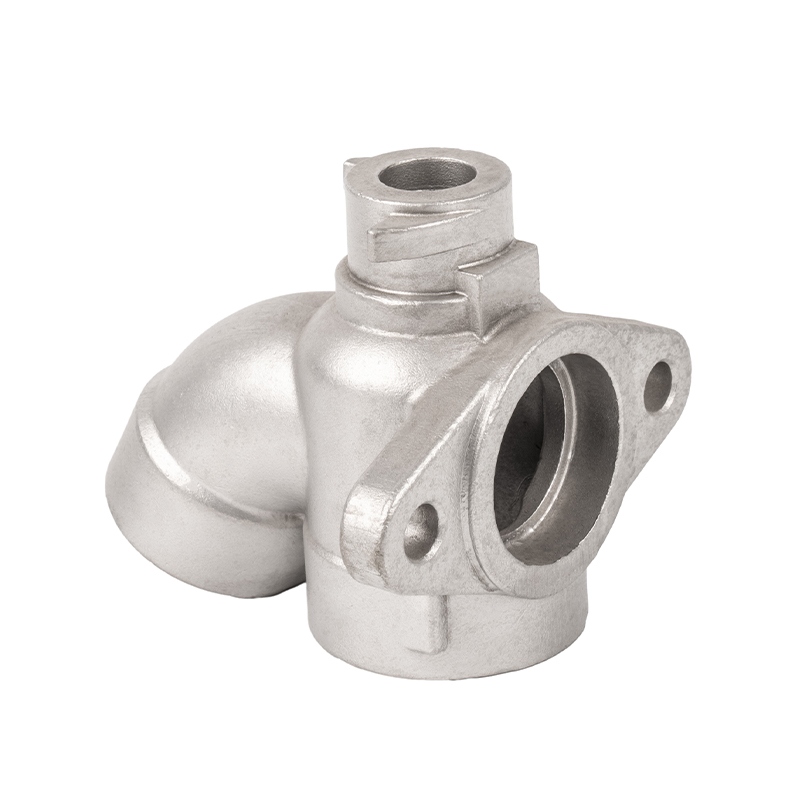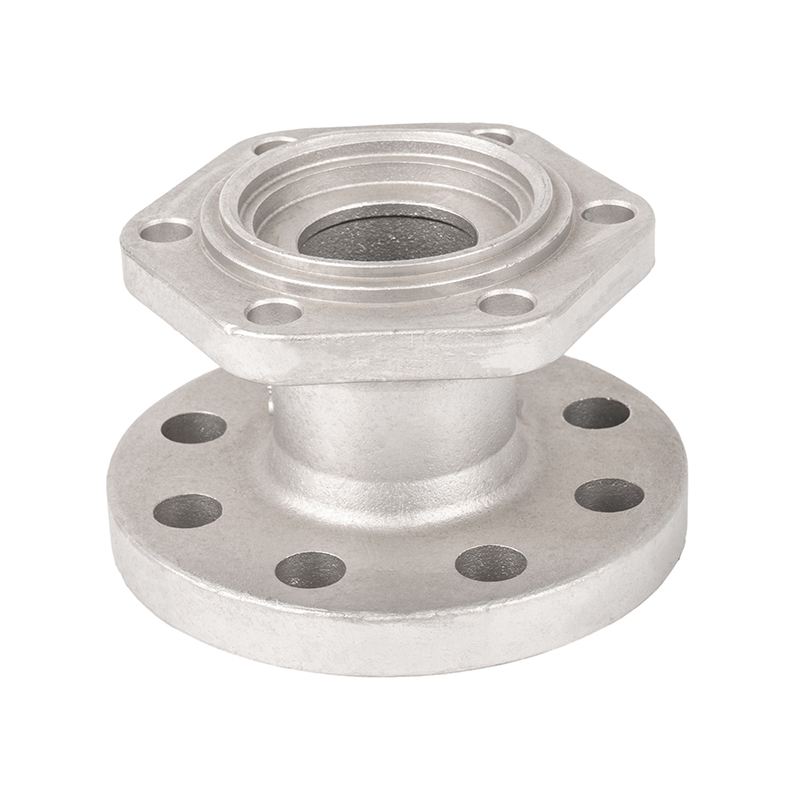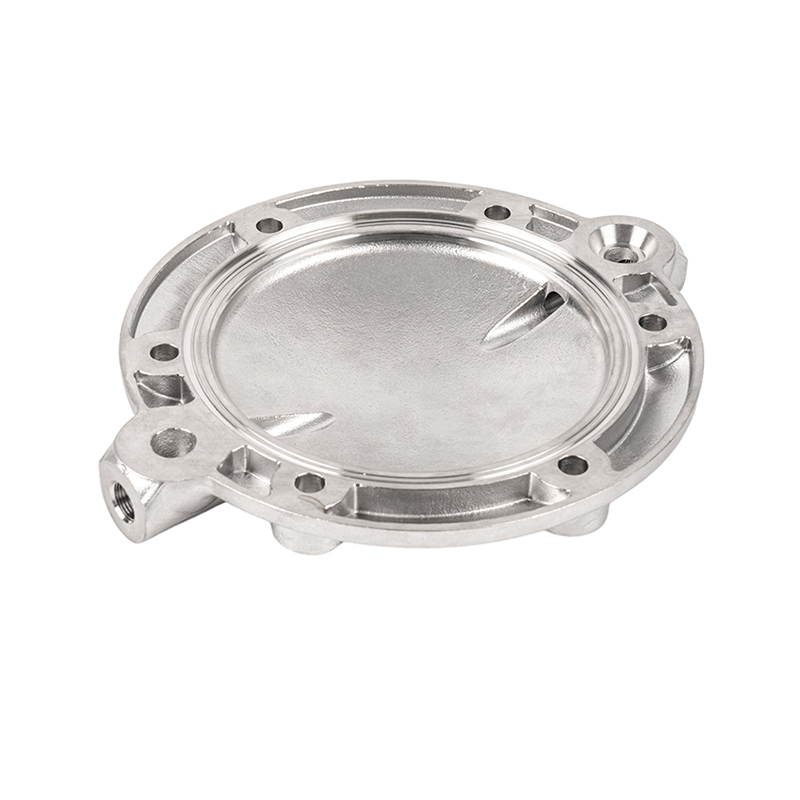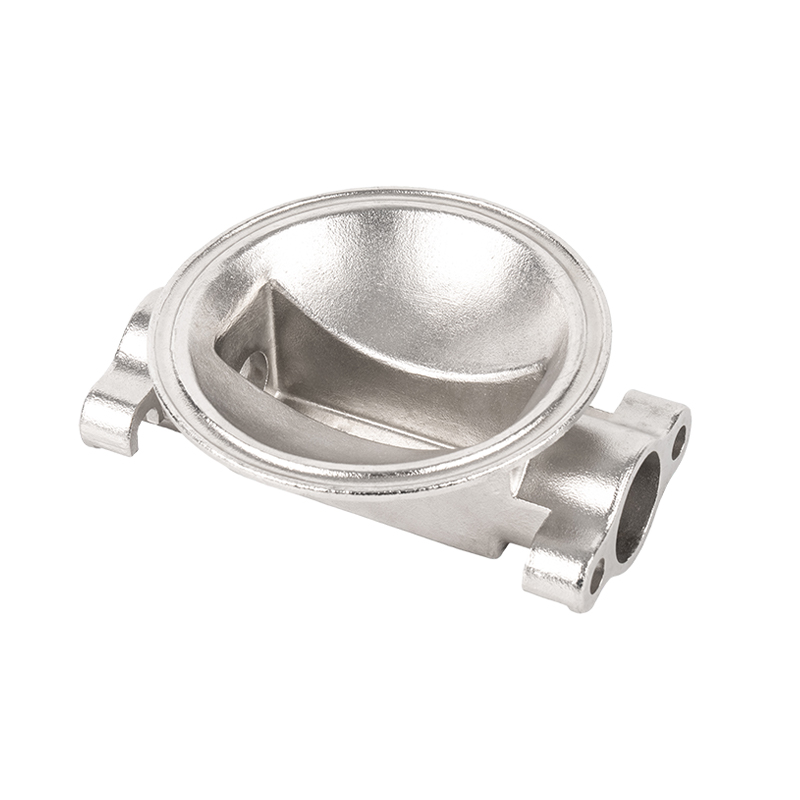What are the steps in the manufacturing process of axial flow pump castings
The manufacturing process of axial flow pump castings is a complex and sophisticated system engineering involving multiple links, each of which plays a vital role in the quality and performance of the final product. The production of castings begins at the design stage. At this stage, engineers carry out detailed design based on the working requirements and performance indicators of the axial flow pump, including the shape, size, wall thickness and material selection of the castings. Through computer-aided design (CAD) software, engineers can create three-dimensional models to simulate the performance of castings in actual work, thereby optimizing the design and ensuring that the castings meet the requirements in terms of strength, rigidity and corrosion resistance.
After the design is completed, the production of molds becomes a key link. The mold is the core tool used for molding in the casting process, and its precision and quality directly affect the final effect of the casting. The mold is usually made of high-strength materials to withstand the high temperature and pressure of molten metal. During the mold making process, the craftsman needs to strictly control the dimensional tolerance and surface finish of the mold to ensure the accuracy and appearance of the casting. After the mold is made, it is also necessary to conduct tests to verify its function and effect to ensure the smooth progress of the casting process.
After the mold is ready, it enters the smelting stage. In this process, the metal materials required for casting (such as cast iron, aluminum alloy or stainless steel) are placed in a furnace for high-temperature smelting. During the smelting process, the operator needs to strictly control the temperature and melting time to ensure the uniformity of the metal and the accuracy of the alloy composition. After smelting, the molten metal needs to be cleaned to remove impurities and oxides to ensure the purity and performance of the casting.
Subsequently, the molten metal is poured into a pre-prepared mold and enters the pouring stage. In this process, the speed and method of pouring are crucial. Pouring too fast or too slow may cause casting defects such as pores and cold shuts. In order to ensure the quality of the casting, many foundries use advanced technologies such as vacuum pouring or pressure pouring to improve the fluidity and filling of the metal, ensuring that the molten metal can evenly fill every detail of the mold.
After pouring, the casting needs to go through a cooling process. In this stage, the casting is cooled to room temperature in the mold, and the cooling rate directly affects the microstructure and performance of the casting. Usually, the casting undergoes phase changes during the cooling process to form a specific crystal structure. In order to control the cooling rate, it is sometimes necessary to use a cooling medium or perform segmented cooling to avoid stress and deformation of the casting due to rapid temperature changes.
After cooling, the casting is removed from the mold and enters the cleaning and post-processing stage. Cleaning is to remove excess sand, oxides and other impurities from the surface of the casting to improve the appearance and performance of the casting. Cleaning is usually carried out by sandblasting, mechanical grinding and other methods to ensure that the surface of the casting is smooth and free of defects. Post-processing includes processes such as heat treatment and surface treatment. Heat treatment can improve the hardness and toughness of the casting and enhance its fatigue and corrosion resistance. Surface treatment can further improve the wear resistance and corrosion resistance of the casting through coating, spraying or electroplating.


 English
English Español
Español русский
русский 中文简体
中文简体

